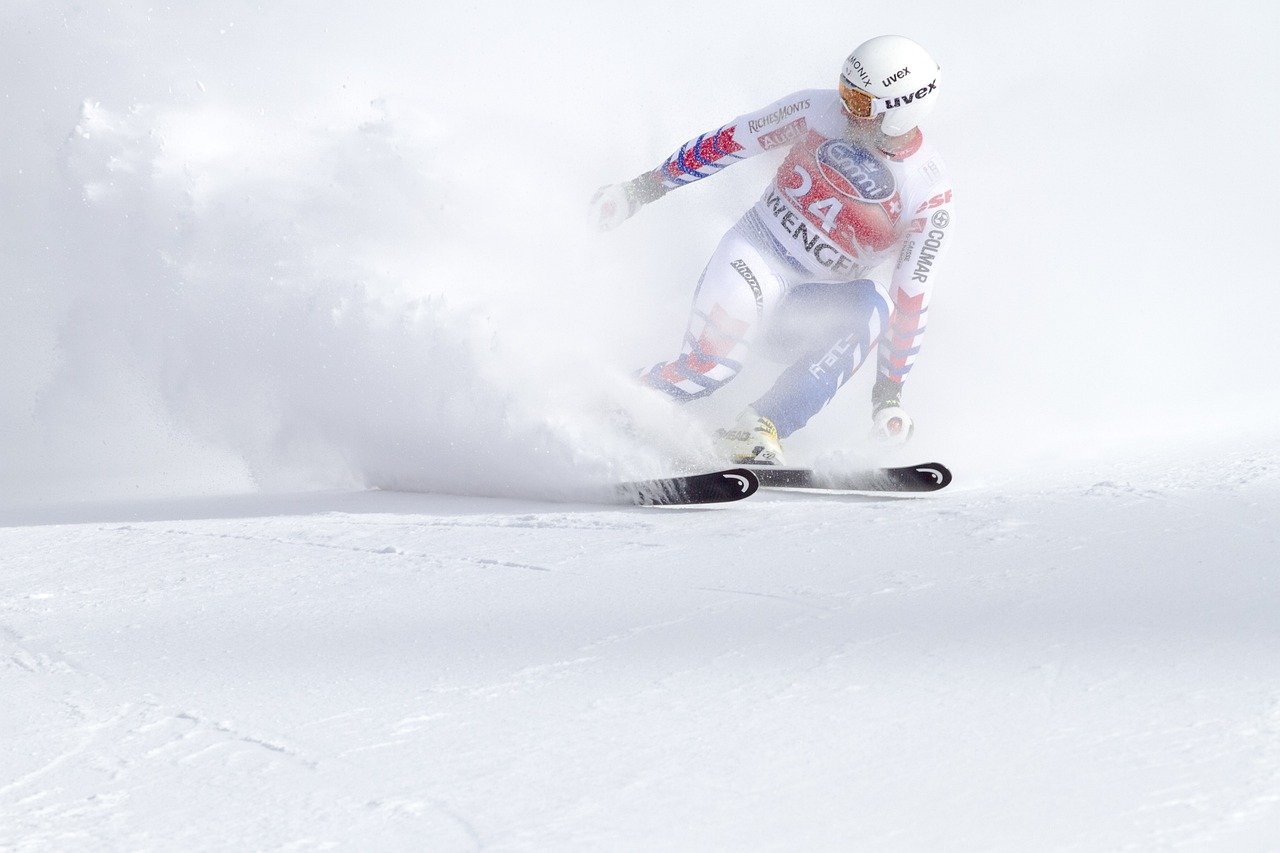From the roar of the engines to the nail-biting overtakes and the sheer brilliance of human and machine working in perfect harmony, Formula 1 is more than just a sport; it’s a global spectacle. It captivates millions with its blend of cutting-edge technology, daring drivers, and strategic team play. Whether you’re a seasoned fan or just curious about the world of motorsport, this guide will provide a comprehensive overview of Formula 1, exploring its history, technology, key players, and more.
What is Formula 1?
The Pinnacle of Motorsport
Formula 1 (F1) is the highest class of international single-seater auto racing sanctioned by the Fédération Internationale de l’Automobile (FIA). It’s considered the pinnacle of motorsport, showcasing the most advanced technology and the most skilled drivers in the world.
- It involves a series of races, known as Grands Prix, held at purpose-built circuits and public roads.
- The season typically runs from March to December, with races held across various countries.
- Points are awarded based on finishing position in each race, contributing to both the Drivers’ Championship and the Constructors’ Championship.
Historical Roots
The roots of Formula 1 can be traced back to the European Grand Prix motor racing of the 1920s and 1930s. The official Formula 1 World Championship was established in 1950.
- The early years were dominated by Italian and German manufacturers like Ferrari and Mercedes-Benz.
- Over time, British teams like Lotus, McLaren, and Williams rose to prominence.
- The sport has evolved significantly since its inception, with advancements in technology, safety regulations, and commercialization.
The Appeal of F1
What makes Formula 1 so appealing?
- Technology: F1 cars are engineering marvels, constantly pushing the boundaries of aerodynamics, engine performance, and materials science.
- Driver Skill: Drivers need exceptional reflexes, stamina, and strategic thinking to compete at the highest level.
- Strategy: Races are often won or lost based on team strategy, including pit stops, tire choices, and fuel management.
- Glamour: The sport is associated with wealth, luxury, and a global audience, adding to its allure.
The Anatomy of a Formula 1 Car
Aerodynamics
Aerodynamics play a crucial role in F1 car performance, generating downforce to improve grip and cornering speed.
- Front Wing: Directs airflow around the car, creating downforce and influencing airflow to the rear.
- Rear Wing: Provides significant downforce and stability, particularly at high speeds.
- Floor: The underside of the car is carefully shaped to create a low-pressure area, generating substantial downforce.
- DRS (Drag Reduction System): Allows the rear wing to open on designated straights, reducing drag and increasing speed for overtaking.
Power Unit
The modern F1 power unit is a complex hybrid system.
- Internal Combustion Engine (ICE): A 1.6-liter turbocharged V6 engine.
- MGU-K (Motor Generator Unit – Kinetic): Recovers energy from braking and converts it into electrical power.
- MGU-H (Motor Generator Unit – Heat): Recovers energy from exhaust heat and converts it into electrical power.
- Energy Store (ES): Stores the electrical energy recovered by the MGU-K and MGU-H.
- Control Electronics (CE): Manages the deployment of energy from the hybrid system.
Tires
Tires are a critical factor in F1 performance, with different compounds offering varying levels of grip and durability.
- Compounds: Pirelli, the sole tire supplier, provides a range of compounds, from hard to soft.
- Strategy: Teams must strategically choose which tires to use during a race, considering track conditions and weather.
- Degradation: Tires degrade over time, losing grip and performance, necessitating pit stops for fresh tires.
Key Players in Formula 1
Drivers
The drivers are the stars of the show, showcasing incredible skill and bravery.
- Lewis Hamilton: Seven-time World Champion, known for his exceptional talent and record-breaking achievements.
- Max Verstappen: Current World Champion, known for his aggressive driving style and determination.
- Charles Leclerc: Rising star, known for his speed and consistency.
- George Russell: Emerging talent, known for his strong race pace and tactical awareness.
Teams
Each team consists of hundreds of engineers, mechanics, strategists, and support staff.
- Ferrari: The most successful team in F1 history, with a rich heritage and passionate fanbase.
- Mercedes-AMG Petronas F1 Team: Dominated the sport for much of the 2010s, known for its engineering excellence.
- Red Bull Racing: Known for its innovative designs and aggressive race strategies.
- McLaren: A historic team with a long and successful history in F1.
Team Principals
Team principals are responsible for the overall management and performance of their teams.
- Christian Horner (Red Bull Racing): Known for his strong leadership and strategic thinking.
- Toto Wolff (Mercedes-AMG Petronas F1 Team): Known for his calm demeanor and successful team management.
- Frédéric Vasseur (Ferrari): New principal, tasked with returning Ferrari to championship-winning form.
Understanding the Formula 1 Race Weekend
Practice Sessions
Free practice sessions allow teams to gather data, test car setups, and familiarize themselves with the track.
- Three practice sessions are typically held over Friday and Saturday.
- Teams use this time to evaluate different aerodynamic configurations, tire compounds, and engine modes.
- Data analysis plays a crucial role in optimizing the car’s performance for qualifying and the race.
Qualifying
Qualifying determines the starting grid for the race.
- Q1: All drivers participate, and the slowest five are eliminated.
- Q2: The remaining drivers participate, and the slowest five are eliminated.
- Q3: The top ten drivers compete for pole position.
- The driver with the fastest lap time in Q3 starts the race from pole position.
The Race
The race is the culmination of the weekend, where drivers compete for points and glory.
- Races typically last around two hours.
- Drivers must make at least one pit stop to change tires.
- Safety cars may be deployed in the event of an accident, neutralizing the race.
- The driver who completes the race distance in the shortest time wins the race.
The Future of Formula 1
Sustainability
Formula 1 is committed to reducing its environmental impact and becoming more sustainable.
- Introduction of sustainable fuels.
- Hybrid power units for increased efficiency.
- Reducing the carbon footprint of logistics and travel.
- Investing in carbon offset programs.
Technology
Innovation continues to drive the sport forward.
- Advancements in aerodynamics and materials science.
- Development of more efficient and powerful hybrid engines.
- Exploration of alternative fuels and propulsion systems.
- Increased use of data analytics and artificial intelligence.
Entertainment
Efforts are being made to enhance the fan experience and attract new audiences.
- Enhanced broadcasting and streaming options.
- Increased social media engagement.
- New race formats and innovative ideas.
- Partnerships with popular entertainment platforms.
Conclusion
Formula 1 is a dynamic and captivating sport that continues to evolve, pushing the boundaries of technology and human performance. From its historical roots to its exciting future, F1 offers a unique blend of speed, strategy, and spectacle. Whether you’re drawn to the engineering marvels, the daring drivers, or the strategic battles, Formula 1 has something for everyone. As the sport embraces sustainability and technological advancements, its future promises to be even more thrilling and engaging than ever before. So, buckle up and enjoy the ride!



